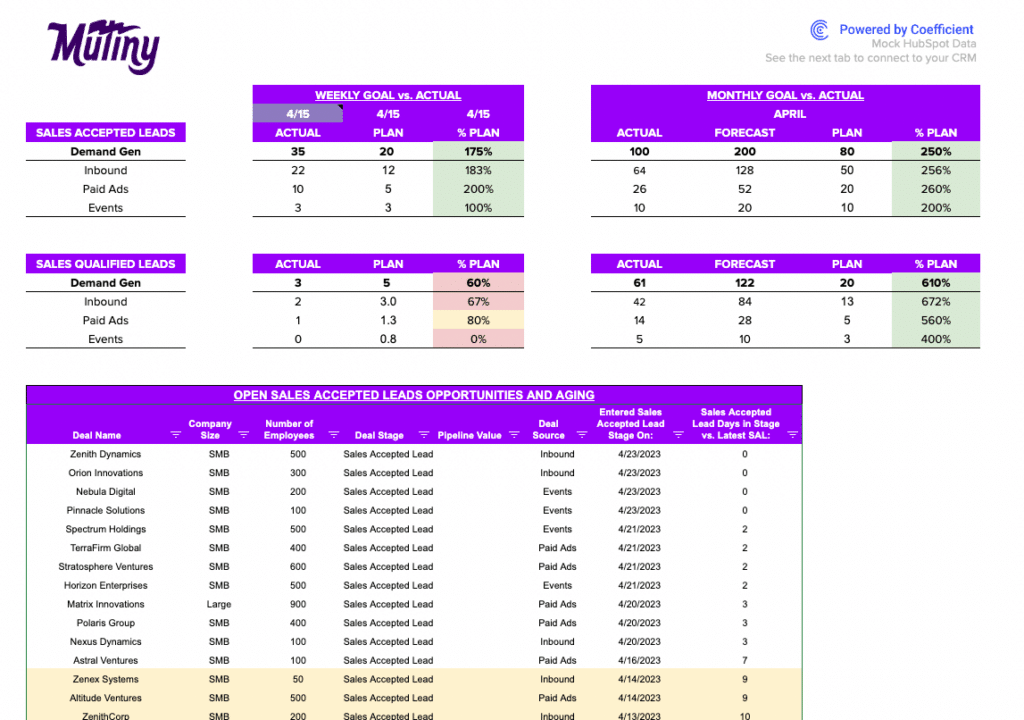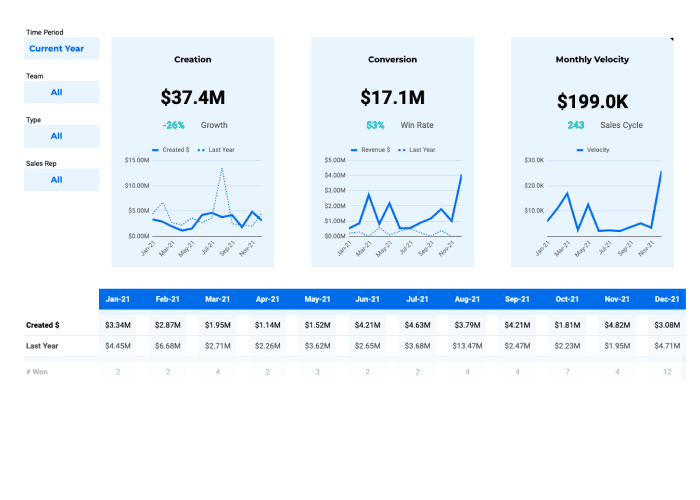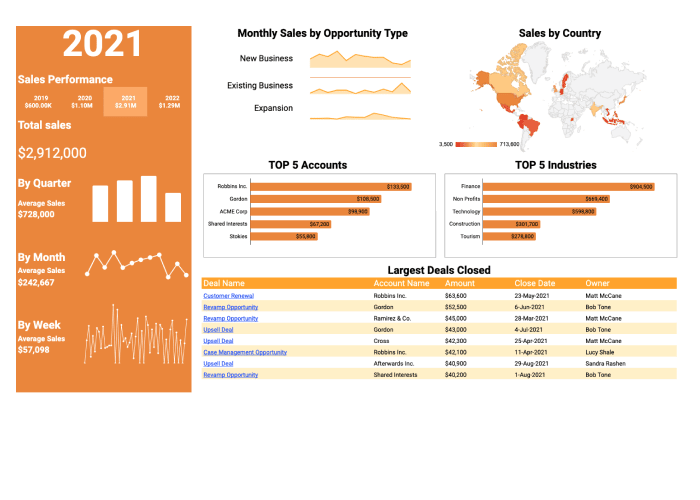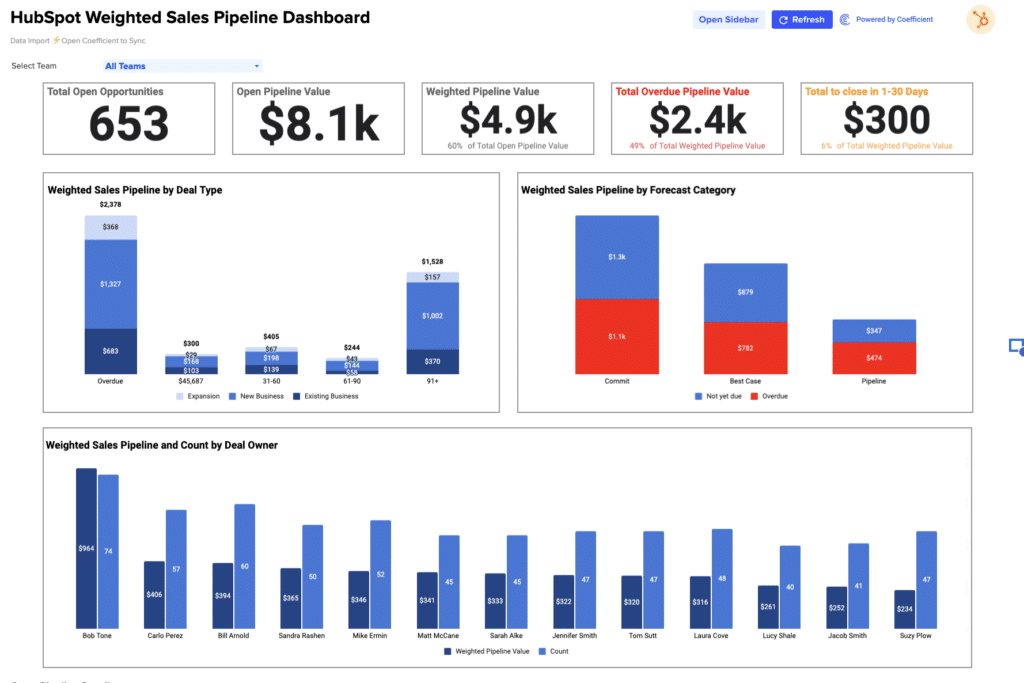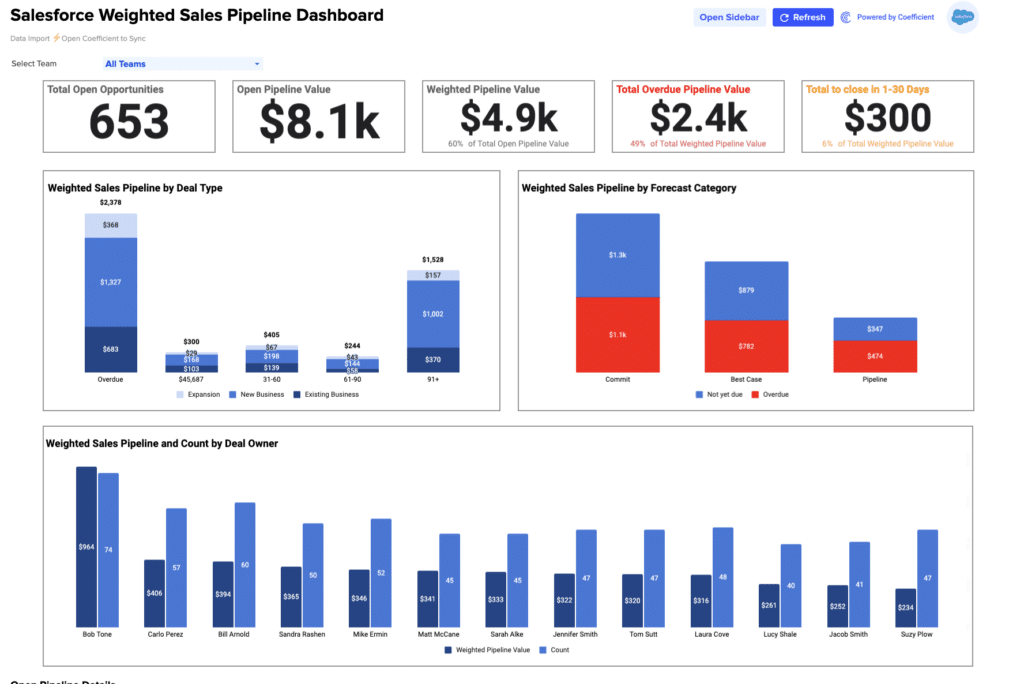Lead Velocity Rate = (Current Month’s Leads – Previous Month’s Leads) / Previous Month’s Leads
In the dynamic world of Software as a Service (SaaS), measuring and understanding the right metrics can mean the difference between soaring success and stagnant performance. One such crucial metric is the Lead Velocity Rate (LVR), a powerful indicator of your company’s growth trajectory. By leveraging this insightful KPI, you can gain a competitive edge and propel your SaaS business to new heights.
Lead Velocity Rate: The Heartbeat of SaaS Growth
What is Lead Velocity Rate?
Lead Velocity Rate (LVR) is a leading indicator that measures the month-over-month growth rate of a SaaS company’s sales leads. It provides a snapshot of the momentum and potential of your sales pipeline, serving as a valuable predictor of future revenue growth.
How to Calculate Lead Velocity Rate
To calculate the Lead Velocity Rate, you’ll need to track the following metrics:
- Current Month’s Leads: The total number of qualified leads generated in the current month.
- Previous Month’s Leads: The total number of qualified leads generated in the previous month.
These metrics are typically managed by the Sales and Marketing teams within a SaaS organization.
Example Calculation of Lead Velocity Rate
Let’s say your SaaS company generated 500 qualified leads in the previous month and 600 qualified leads in the current month. To calculate the Lead Velocity Rate, you would use the following formula:
Lead Velocity Rate = (600 – 500) / 500 = 0.20 or 20%
This means your Lead Velocity Rate for the current month is 20%, indicating a healthy growth in your sales pipeline.
Importance of Lead Velocity Rate for SaaS Businesses
Lead Velocity Rate is a crucial metric for SaaS businesses for several reasons:
- Early Indicator of Growth: LVR provides an early warning sign of potential revenue growth or decline, allowing you to make timely adjustments to your sales and marketing strategies.
- Predictive Power: By tracking LVR, you can forecast future revenue more accurately, enabling you to make better-informed decisions about resource allocation and business planning.
- Competitive Advantage: Monitoring your LVR and comparing it to industry benchmarks can help you identify areas for improvement and gain a competitive edge in the SaaS market.
- Alignment with SaaS Business Model: As a recurring revenue model, SaaS businesses rely heavily on a steady flow of new leads to drive sustainable growth. LVR is a direct reflection of this vital aspect of the SaaS business model.
Strategies to Improve Lead Velocity Rate
To improve your Lead Velocity Rate, consider the following strategies:
- Optimize Lead Generation Efforts: Analyze your marketing channels and tactics to identify the most effective ways to generate high-quality leads. Continuously test and refine your lead generation strategies.
- Enhance Lead Qualification: Implement a robust lead qualification process to ensure you’re focusing your sales efforts on the most promising prospects. This can involve defining clear buyer personas and lead scoring criteria.
- Streamline Sales Processes: Review and optimize your sales processes to minimize the time it takes to convert leads into paying customers. This may include automating certain tasks, improving sales team training, and enhancing customer communication.
- Leverage Data and Analytics: Use data-driven insights to make informed decisions about your lead generation and sales strategies. Regularly analyze your LVR and other key metrics to identify areas for improvement.
Calculating Lead Velocity Rate in Google Sheets
To make it easy for you to calculate and track your Lead Velocity Rate, we’ve created a Google Sheets template that you can use. Here’s a step-by-step guide on how to use it:
- Access the Template: Click here to access the Lead Velocity Rate Google Sheets template.
- Enter Your Data: In the “Data” sheet, input the number of qualified leads generated in the current and previous months.
- Review the Calculations: The template will automatically calculate your Lead Velocity Rate based on the data you provided.
- Analyze and Interpret the Results: Use the insights gained from your Lead Velocity Rate to inform your sales and marketing strategies and drive sustainable growth for your SaaS business.
By leveraging this Google Sheets template, you can effortlessly track and optimize your Lead Velocity Rate, giving you the tools you need to propel your SaaS company to new heights of success.






